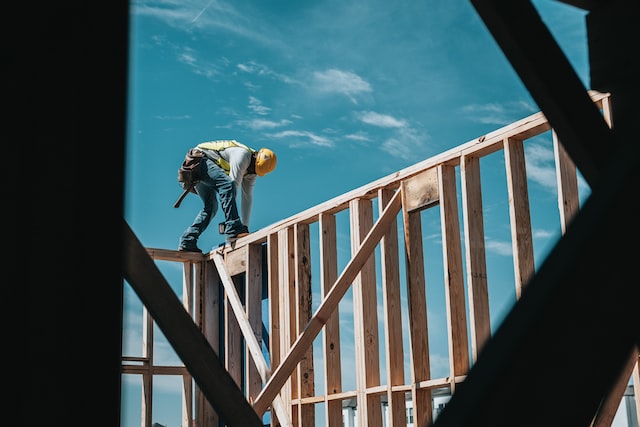
Pushing your physical limits is exhilarating and extremely rewarding. It instills a feeling of accomplishment and pride. Goal driven exertion feels good. Life can be unbelievably exciting when you are toeing the line of what you had previously considered impossible. There is really only one downside…
INJURY
What a devastating force it can be. An injury is the last thing you want when you have given everything to achieving a goal. It can crush your momentum in an instant.
My journey has been fraught with injury. I used to think that pain was part of progress, so I would force my way through the pain. I accomplished a lot while operating that way, and I do not regret working through the injuries. I won some races, set PRs, completed some impressive endurance feats, and raised modest sums for great causes.
Over time though, I began to realize it wasn’t going to work forever.
Things really started to hurt.
Maybe I was getting older? I had no interest in stopping, and I felt certain I had not yet reached the limit to my own potential (as I mentioned in my first ever blog post, I’m hopelessly optimistic about the potential of the human body and spirit), so I sure as shit wasn’t throwing in the towel in my late 20s.
FORWARD
The way forward was clear, although not immediately gratifying. I knew what I had to do. I had to swallow some pride, set down some bravado and roll the tape back a bit. I had skimped on construction materials in my foundation. I wanted the big beautiful house without the tedious work beneath the ground. There's nothing showy or macho about flexibility or quality reps with light weight.
Still, you can't fire a cannon out of a canoe.
WARM-UP
I started to really pay attention to how I felt in the gym or while running. Less weight, more focus on the contraction. Slower paces, more focus on form. Quickly, I realized that if I wanted to go hard and not hurt, then warm ups were the most important part of the workout. It requires discipline to warm up properly. After taking the time to get blood flowing and to “wake up” the muscle groups I was going to work, going hard felt good.
I like to start off with something low impact that raises the heart rate and reflects the work to be done that day. 1,000 meters on the rower before back day is an excellent example of this. Banded exercises work really well, too.
CROSS TRAIN
I like to run - a lot. Running is hard on the body. Ask anyone that runs, they’ll tell you. Running places a very specific strain and stimulus on the body. Over time, this will create imbalances and muscle tightness, particularly in the LPHC (lumbo-pelvic-hip-complex).
I had gotten myself into a situation with my running where I had almost constant low back or hip and groin pain. It hurt to do many of the lower body exercises I used to love in the gym, so I slowly stopped doing them. I used less weight and I babied my legs out of fear of further injury. That was the wrong approach!
When I slowed down my running and placed more emphasis on training core, hips and legs, I noticed that my condition was improving. I was just so weak in those areas.
I started REALLY light, my hips and back hurt. Glute, hamstring, and quadratus-lumborum isolation work. Lower back raises. Hip abduction and adduction. These were my saving grace (I will cover this in more detail in a future post).
Another issue with running is that it is a forward-only exercise. There is no back pedal, side shuffle, lateral explosiveness. These skills are all important for well-rounded fitness. I started training these, too. It felt good.
After a good leg session, I will go to the turf area at my gym or to the local highschool football field and “be athletic”, doing many of the same conditioning exercises we all loathed from sports' practices.
Something else that I do is Hot Yoga once a week. It’s a whole hour dedicated to stretching, balance, and hip strengthening. I used to think time spent on things like this was time wasted, but I am already seeing dividends paid out in my running. Taking up swimming and biking competitively has provided good cross-training as well.
COOL DOWN
The final piece is the cool down.
After a hard 10k or EMOM, the only thing you wanna do is grab a cold drink and a banana and sit on the couch, but don’t do it. Take the time to cool down. Walk, trot, or stretch; it is just as important as warming up. When you sit still after intense exercise, muscles lock up and acid gathers. That is not what you want.
If you want to stay in the training game for a long-time, like I hope to, then emphasis needs to be placed on warm-ups, cross training, and cool-downs. These things can be considered part of a thorough prehab routine.